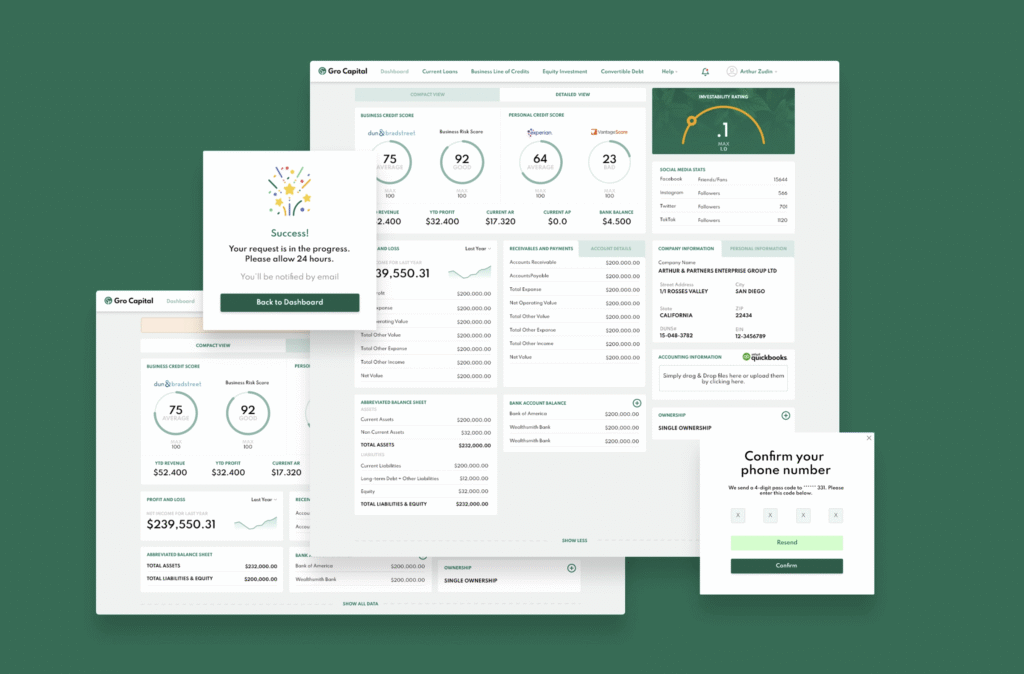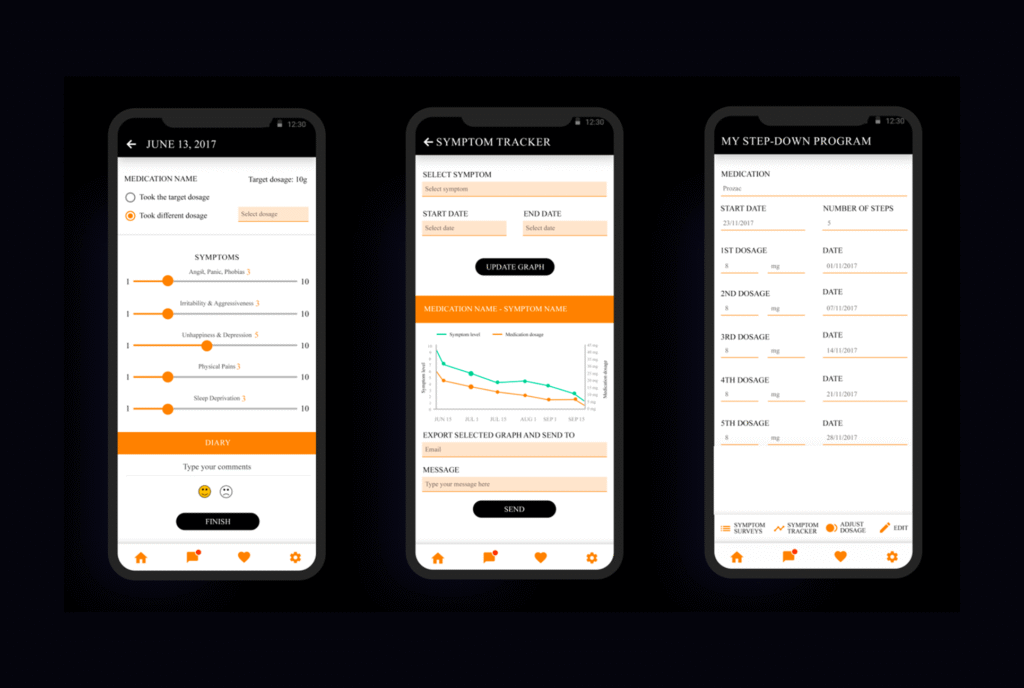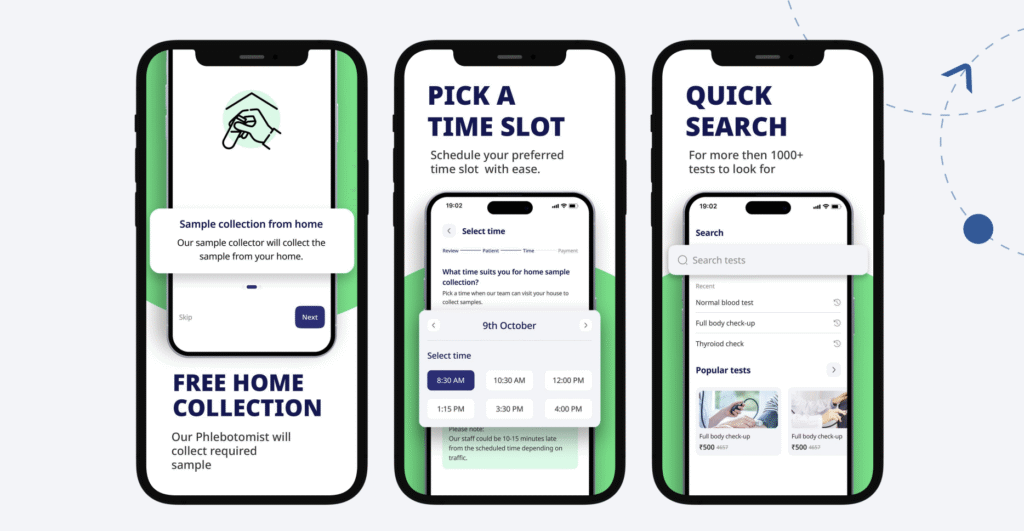Launching a startup or SaaS product? At Monte Vision, we specialize in startup MVP development that helps you validate your idea quickly, reduce risks, and accelerate your path to product-market fit. Using proven lean startup MVP methodologies, we build MVPs for startups that deliver real value and actionable insights.
What Is Startup MVP Development?
A Minimum Viable Product (MVP) is the simplest version of your product that solves your users’ core problem and allows you to test your business idea with minimal time and investment. For startups, MVP development is essential to avoid building features nobody wants and to attract early adopters and investors.
The lean startup MVP approach, popularized by Eric Ries, focuses on building fast, learning fast, and iterating based on real user feedback. This helps startups avoid costly mistakes and ensures that every development dollar is spent on validated features.



Why MVP Is Critical for Startups
- Faster time to market: Launch your product quickly to start learning from real users.
- Cost-effective development: Build only what’s necessary to solve the core problem.
- Risk reduction: Validate your assumptions early to avoid building unwanted features.
- Investor appeal: Demonstrate traction and product viability with a working MVP.
According to industry research, 42% of startups fail due to lack of market need. An MVP helps you test that need before fully committing.
How to Build an MVP for Your Startup: Step-by-Step
Based on best practices and our experience, here’s how we approach startup MVP development:
1. Define the Problem and Value Proposition
Start by clearly identifying the problem your product solves and the unique value it offers. This foundation guides all MVP decisions.
2. Conduct Market Research and User Analysis
Understand your target audience and competitors. Identify market gaps and user pain points to tailor your MVP effectively.
3. Design and Prototype
Map user journeys and create wireframes or low-fidelity prototypes to visualize the MVP’s core features and flow.
4. Develop the MVP
Build the essential functionalities using scalable technologies. We often use tools like Figma for prototyping and Wizard of Oz techniques to simulate features without full development.
5. Test with Real Users
Launch your MVP to a select group of early adopters. Collect qualitative and quantitative feedback to understand usability and value.
6. Iterate and Improve
Analyze user data and feedback to refine your product. Decide whether to pivot, persevere, or scale based on insights.
Lean Startup MVP: The Methodology Behind Our Approach
We embrace the lean startup MVP framework to maximize learning and minimize waste. This means:
- Building only what’s necessary to test your riskiest assumptions.
- Measuring user behavior and feedback rigorously.
- Learning quickly and iterating your product accordingly.
This cycle helps startups find product-market fit faster and with fewer resources.
Common MVP Development Mistakes to Avoid
- Overbuilding features before validation
- Ignoring user feedback or data
- Skipping market research
- Delaying MVP launch due to perfectionism
Our process is designed to help you avoid these pitfalls and focus on what truly matters.
Why Choose Monte Vision for Your Startup MVP?
- Deep expertise in startup MVP development and lean startup MVP strategies
- Proven track record delivering MVPs that attract early adopters and investors
- Collaborative, transparent process tailored to your startup’s unique needs
- Focus on actionable insights that drive your product forward
Ready to Build Your Startup MVP?
Don’t waste time or money building the wrong product. Partner with Monte Vision to develop a lean, effective MVP that validates your idea and accelerates growth.